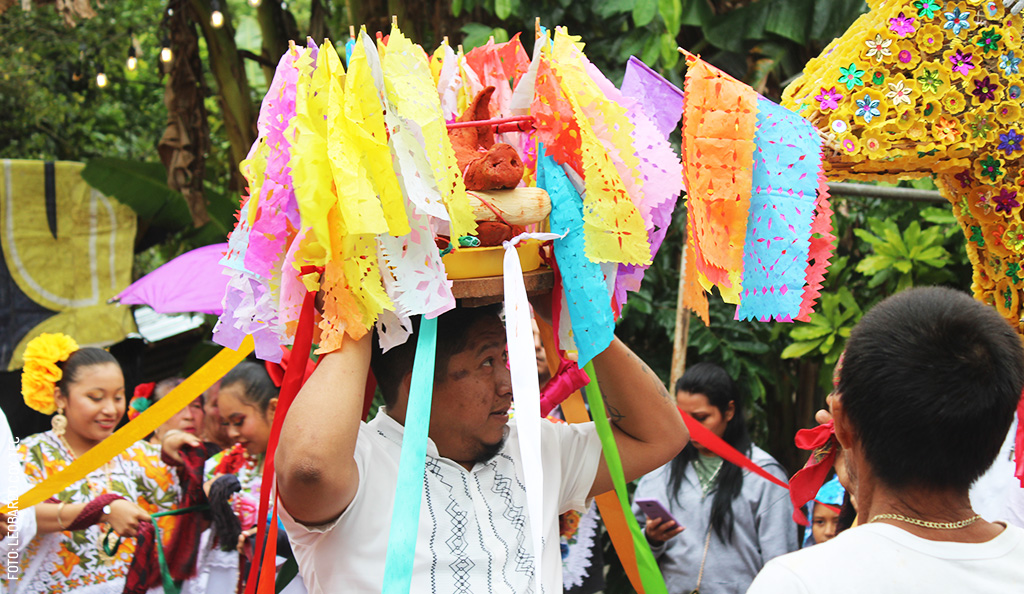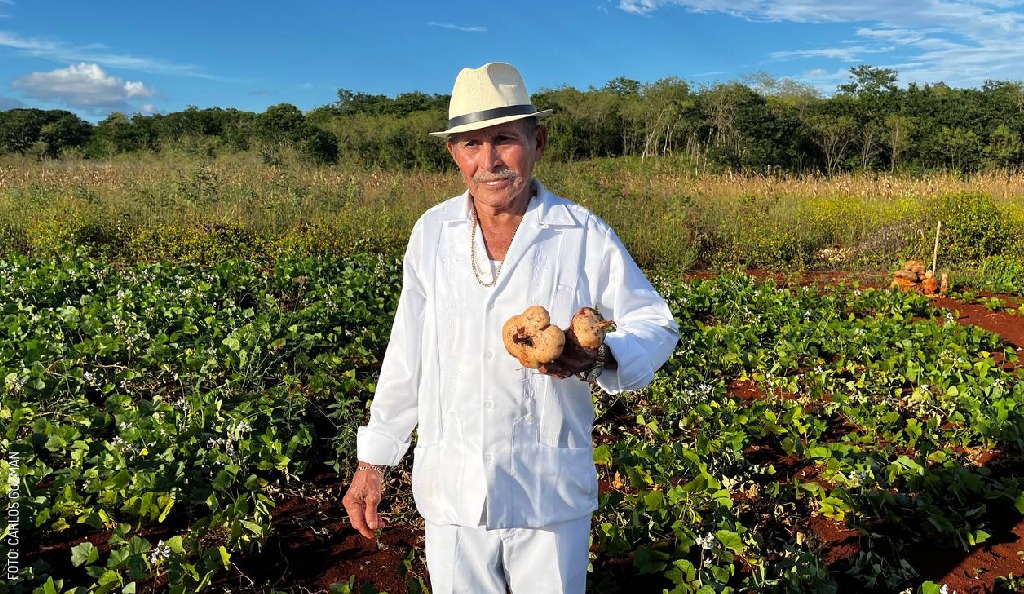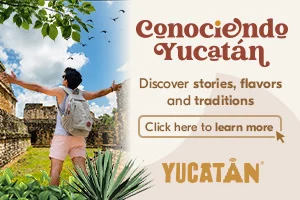As with many other integration rituals for newborns, the Maya considered this ceremony as a means of social integration, to mark the beginning of a new phase in their lives, and to present them to the community. It is mainly carried out in Maya-speaking communities, but because it is a symbolic ritual, it is possible to ask a master of ceremonies to lead this ceremony in the city, preferably in the home of the parents of the child.
The Ceremony
The ceremony is done for boys at four months of age, relating this age with the four cardinal points and the four seasons of the year; and for girls at three months of age, three being considered a feminine number and also representing the three legs which support the “comal” (tortilla griddle). In both cases, its purpose is to provide a symbolic initiation to the activities and responsibilities that they will later perform in their communities, as well as to “open their feet” so they can walk correctly and run swiftly.
The Godparents
The godparents can be two, a man and a woman, or only one, of the same gender as the child. The godparent lights a candle at the start of the ceremony, and receives the infant from the arms of the parents, supporting the child on his or her left hip. At this moment, the master of ceremonies, who has experience inherited from various generations in order to be able to perform the ceremony, hands objects and tools to the godparent who helps the child hold these objects in his or her hands. Then they walk around the table nine times, while the master explains the use of each object and the gifts or abilities connected to each one. A spade, a gourd, a market bag, and a machete, relating to hunting and agriculture, for the boys. Scissors, pots, and a “comal”, relating to embroidery and cooking, for the girls. Both receive a pencil, notebook, books, (and if technology has arrived to the community, even cell phone and computer), so the child will become a good student.
Both the godparent and the child are given some egg, pumpkin seed paste, boiled chaya leaves, and corn with honey, symbolizing intelligence, reasoning, sensitivity, and sweetness. At the end, the candle is blown out and the godparent returns the child to the parents, and a special festivity takes place for all the attendees, usually close family members.
The Hetzmek ceremony represents the cycle of life and rebirth that will provide the child with physical and intellectual abilities for the rest of their life; to be a “good man or woman, with a function” that integrates them with their community: a Maya tradition with great value and symbolism.

Author: Violeta H. Cantarell
“Meridana,” traveler, animal lover, passionate reader, commentator, and enthusiastic promoter of the natural and human beauty of Yucatán.
¡Receive the latest articles and much more from the best of Yucatán in your email!
Related articles

A Maya Christmas in Yaxcabá: Tradition, Faith, and Community
Maya Christmas in Yaxcabá, Yucatán: Community celebration, faith, and tradition. Experience the Star Dance, the prayer to the Christ Child, and the...
Who are the Maya? Maya Trees
For the Maya, trees were essential to life; they held a deep respect for them, attributing various qualities. Learn more here.





